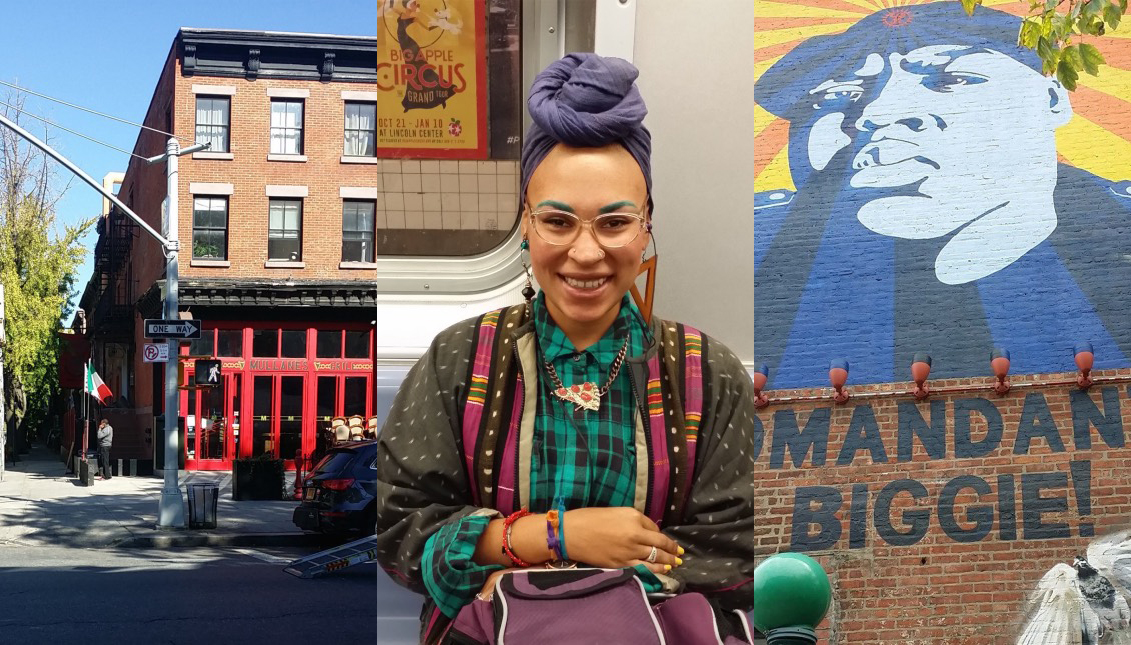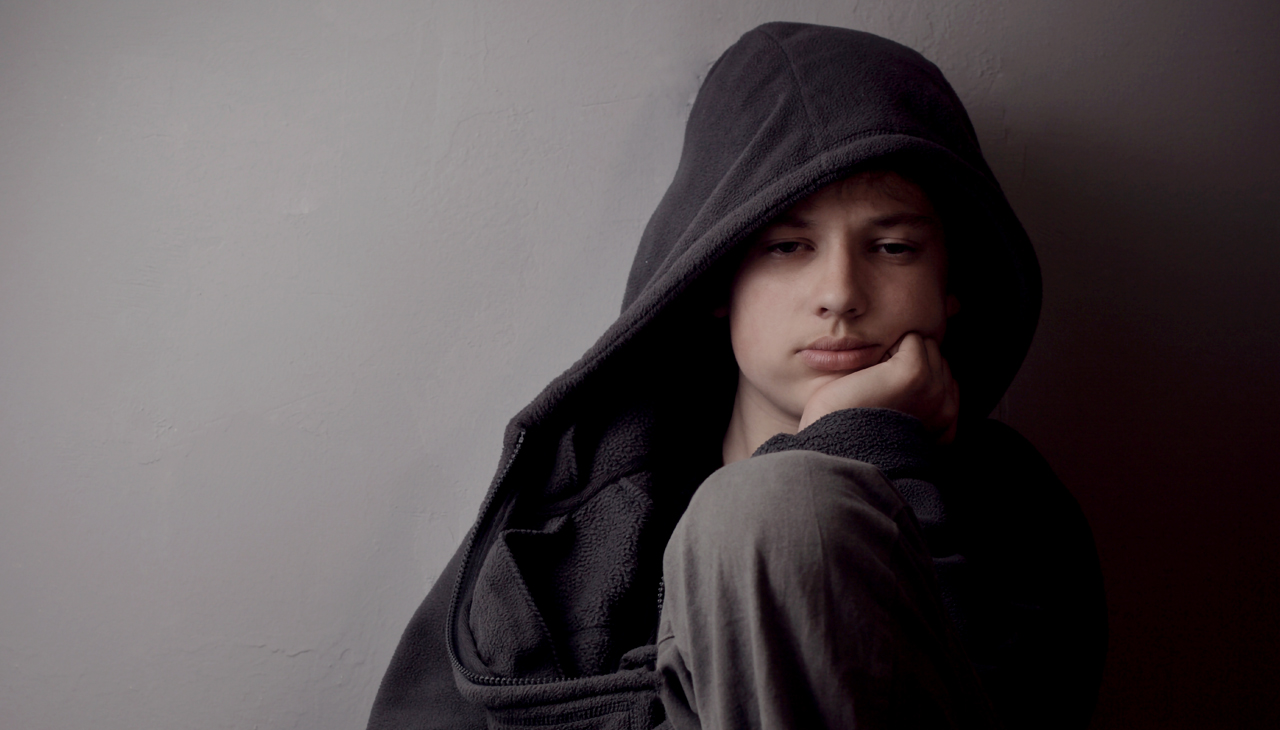
In the belly of gentrification
In gentrifying neighborhoods across the nation, different aspects of American culture come into conflict —and the resulting clash is redefining urban life in…
In the past 15 years, my neighborhood has been transformed. It has gone from boarded-up bodegas and dodgy restaurants that never had any of the food listed on the menu — a shabby but very civil and surprisingly humane corner of Brooklyn — to a global hot spot of laptop coffee shops and sidewalk cafes and fusion food joints. When I travel in Europe or Asia, and I mention where I live, people know it, or want to see it, or want to live here. (I feel a little like I’m living in Haight-Ashbury just as John Phillips invites the world to come to San Francisco with flowers in their hair.)
Many of those who do live here, my neighbors, especially the long-timers, on the other hand, want to leave. They see the changes happening all around them. There is sadness, also anger, but mostly a growing sense of alienation — social and economic.
The most significant part of the change is demographic transformation. Fifteen years ago, this part of Brooklyn was remarkably economically diverse. The base of the block was formed by a generation of city workers and immigrants who bought their houses in the 1970s (when New York was a significantly more dangerous place), along with long-term renters whose rent-stabilized apartments housed three generations in a similar number of rooms.
When my family and I moved onto the block, our neighbors on one side were Greek immigrants, on the other, Chinese. There were Dominican Seventh-Day Adventists, and a Mexican ad-executive, and a Irish lawyer, and a German clothes-designer, and a Danish photographer, and an older Puerto Rican lady who’s main occupation, as far as I could tell, was to wander up and down the street finding out how everyone was. But mostly, in this part of Brooklyn, there was a generation of African-American and Latino working class homesteaders who had waged a decades-long battle with drug-dealers and homeless addicts to make the neighborhood a safe place to raise families. Now, kids grown, real estate prices sky-high, they were cashing out — selling their homes and buying cheaper, newer, better, or at least easier to keep up, places in Georgia or Carolina or Borinquen or Dominicana.
This pioneer generation is being replaced by a younger, better educated one. Whiter, yes, but not exclusively so. This is, after all, Brooklyn where racial and ethnic diversity remain fundamental values. The bigger differences are in age and income.
Where empty nesters sold and moved out, families are moving in. Ten years ago, my kids were almost the only ones on the block. Now, the sidewalks are clogged with strollers. The pediatrician’s office is new. So are the kid's clothing and toy stores. New businesses set space aside for strollers and bikes. Local green-grocers now stock a dizzying array of mac-and-cheese flavors, all organic. Local contractors are undoing the internal sub divisions — allowing for rentals, legal and illegal, in what were originally one-family homes — that other contractors had crafted decades ago.
The big losers, in this neighborhood revolution, are the renters. Longstanding residents, popular personalities, community leaders, families and individuals who help bind the community together as something more than a collection of property values, are being badly squeezed. When people speak of diversity in a community, they frequently refer to race, and ethnic origin, and gender preference — all of these important — while economic diversity is less discussed. Maintaining a population of renters is, in my experience, just as important to the balance of the neighborhood. Without them, neighborhoods develop a sort of social arteriosclerosis and begin to age.
The biggest difference by far, however, between those coming and those going, is money. The new families are richer, way richer. That makes sense. They are, in a way, paying down on the retirement of a previous generation. As with most Americans, our house is our home, but also our treasure — what we have to pass on to our children or finance our old age. And, along with the money comes a set of attitudes and expectations which differ from those that preceded them. I am tempted to describe it as a clash of cultures, but that would be wrong. It is more a clash between different aspects of American culture: to hold a job vs. to have a career; to seek savings vs. to seek value; to turn to neighbors for guidance on home-ownership and local issues vs. to go online.
This clash, which is happening in cities across the country, is redefining urban life in America. There are no right or wrong attitudes here, but there are plenty of misunderstandings and conflict. And, over my next few columns, I will chronicle this conflict, as it is being lived by friends and neighbors, new and old.









LEAVE A COMMENT: